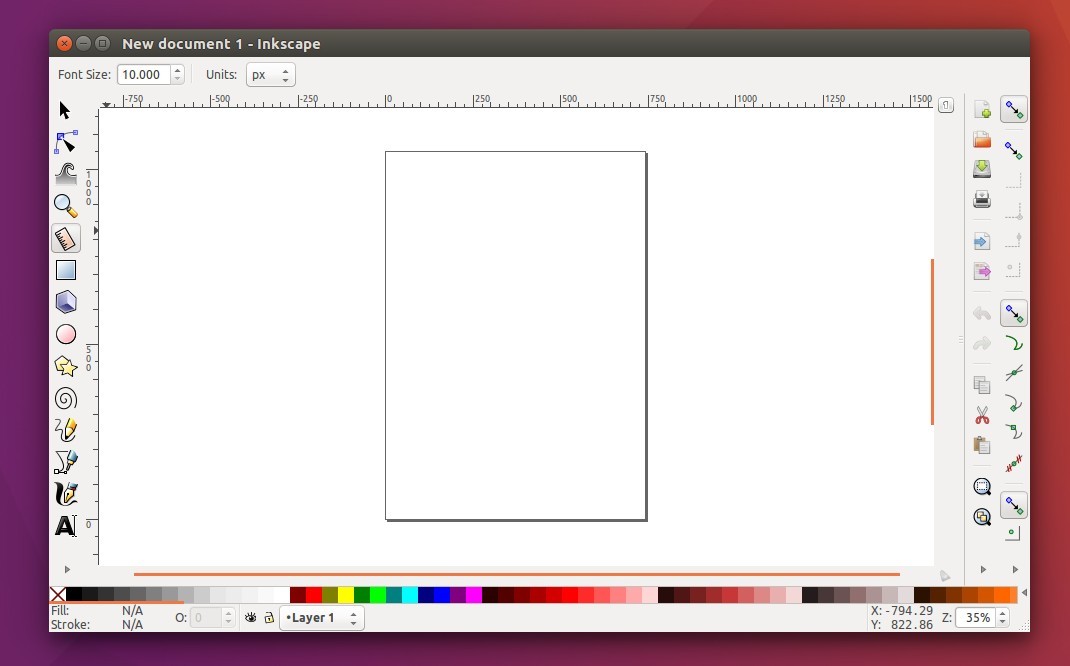

It's possible you could achieve your goal by reducing to an even smaller figure prior to the trace.Īs your objective is to create a vector image, reducing the original would not cause as much damage as if it was a more detailed graphic.If you are using custom shapes and graphics in PowerPoint as vectors, you may be interested to export the existing slide shapes to vector format in order to open the presentation content in other applications like Illustrator or Corel. This provided more curves, fewer nodes, but still a mess of sorts. I was able to reduce the number of nodes/pixel transitions by reducing the size of the image to 40% and using Trace Bitmap.



If the nodes do not automatically change to smooth, use Control Click to convert them, to enable handle adjustment of the curve. One approach would be to use the node edit tool and remove all the nodes between the start and middle of a curve and between the middle and end of a curve.
#Inkscape vectorize image manual
This leaves manual adjustment or manual editing. The same thing happens with Inkscape's Trace Bitmap feature. I had hoped for some smoothing to take effect, but no such luck. Vector Magic recognizes each pixel as a face/surface/line and creates a vector nearly exactly like the image provided. Here's an attempt to draw it as single stroke and without having any reference under the drawing at the same time: Proper result is not possible otherwise than by having a style idea and then drawing that idea, not trying to force the parts to fit your staircase version. The result is as crap as the preceding ones, I would say. I tried the stroke in Photoshop as a Layer Style: You can copy and paste this to Inkscape or Illustrator for tracing and restoring the thickness by adding a stroke. Select the fill color area and smooth the selection with Refine Edge:įill with the smoothed selection in a new layer: Do this:įill the frame with some color to keep it different from black and white: Photoshop is as wise about the style, but it can make the shortcuts much better (=systematically in the same way). One should see in half a second it hasn't any actual visio of style.
#Inkscape vectorize image plus
My drawing has a shortcut through all stairs plus some random deviation here and there due the inaccurate hand and eye. Here is one shape separated from your image (=black), a couple of different tracing attempts (=blue) and an attempt to draw it without actual knowledge of the wanted result (=red). If you know what you exactly want to draw (=know well the right style), this should be done in a hour if you are a beginner or 10 minutes, if you have played a while with vector drawing software.īTW. I suggest you search some clipart and try to find a stylistically acceptable frame, if you cannot draw it. The draughtsman should have either some ingenuity or style knowledge. Unfortunately no automate can decide which corners should be smoothed and which should stay, the only possibility for proper recreation without having the original is drawing. This obviously is an enlargened version of a pixelated shape which originally has also contained a few corners and smooth curves. They had generally sharp corners and smooth curves. I checked some Arabic ornaments and frame images with Google.


 0 kommentar(er)
0 kommentar(er)
